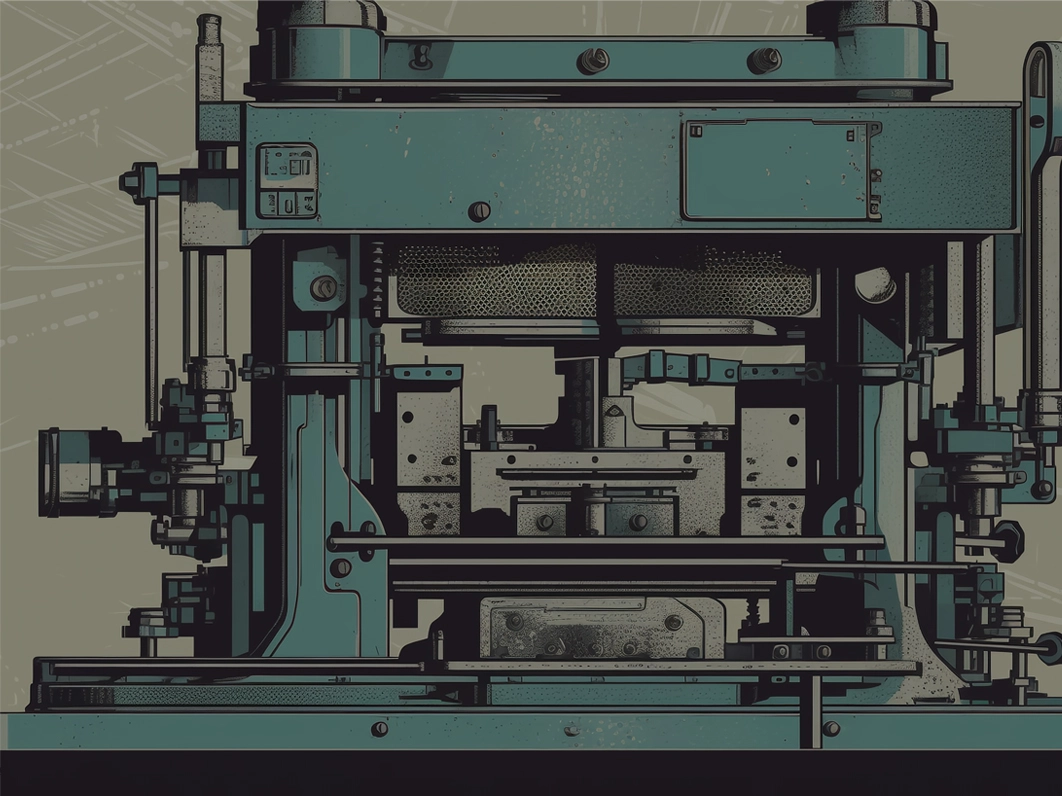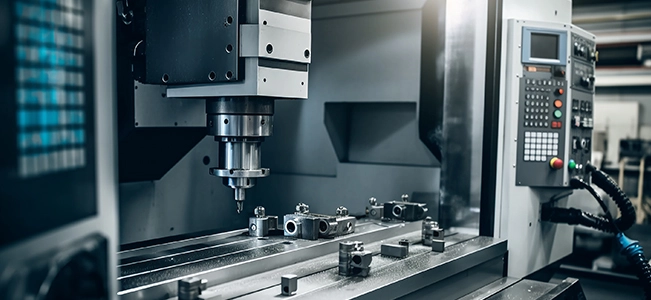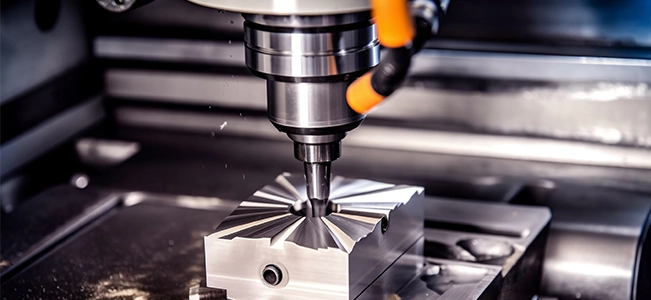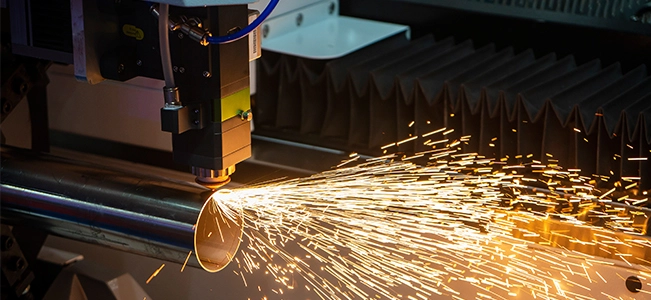Stamping is a widely applied metal processing technique in various industries. Here are some common application areas of stamping:
1. Automotive Industry: Stamping plays a vital role in automotive machining manufacturing. It is used to produce car body parts, doors, hoods, chassis components, providing structural support and desired shapes.
2. Electronics and Electrical Equipment: Stamping is widely used in the manufacturing of electronic and electrical equipment. It is employed to fabricate connectors, sockets, conductive strips, heat sinks, etc., offering electrical connections and heat dissipation capabilities.
3. Appliances and Kitchenware: Stamping is used in the production of home appliances and kitchenware products such as washing machine drums, refrigerator door shells, stove panels, providing structural strength and aesthetic appeal.
4. Construction and Engineering: Stamping is utilized in the construction and engineering fields to manufacture metal door and window frames, structural supports, roof components, offering structural stability and decorative effects.
5. Machinery Equipment: Stamping plays an important role in the manufacturing of various parts, fasteners, and transmission components, providing mechanical performance and reliability.
6. Medical Equipment: Stamping is applied in the manufacturing of custom medical equipment, including surgical instruments, monitor casings, medical bed frames, providing structural support and meeting hygiene requirements.
7. Aerospace: Stamping is used in the aerospace sector to manufacture structural components, cabin walls, wings, etc., meeting lightweight and high-strength requirements.
8. Communication and IT Equipment: Stamping finds wide applications in the manufacturing of communication and IT equipment, such as mobile phone casings, computer chassis, communication equipment components, providing both aesthetic and functional features.
These are just some common application areas of stamping. In reality, stamping is widely used across industries. It can meet the demands of high-volume production, complex shapes, and high precision, making it an important metal processing technology.

 English
English  中文
中文  日本語
日本語  한국어
한국어 








